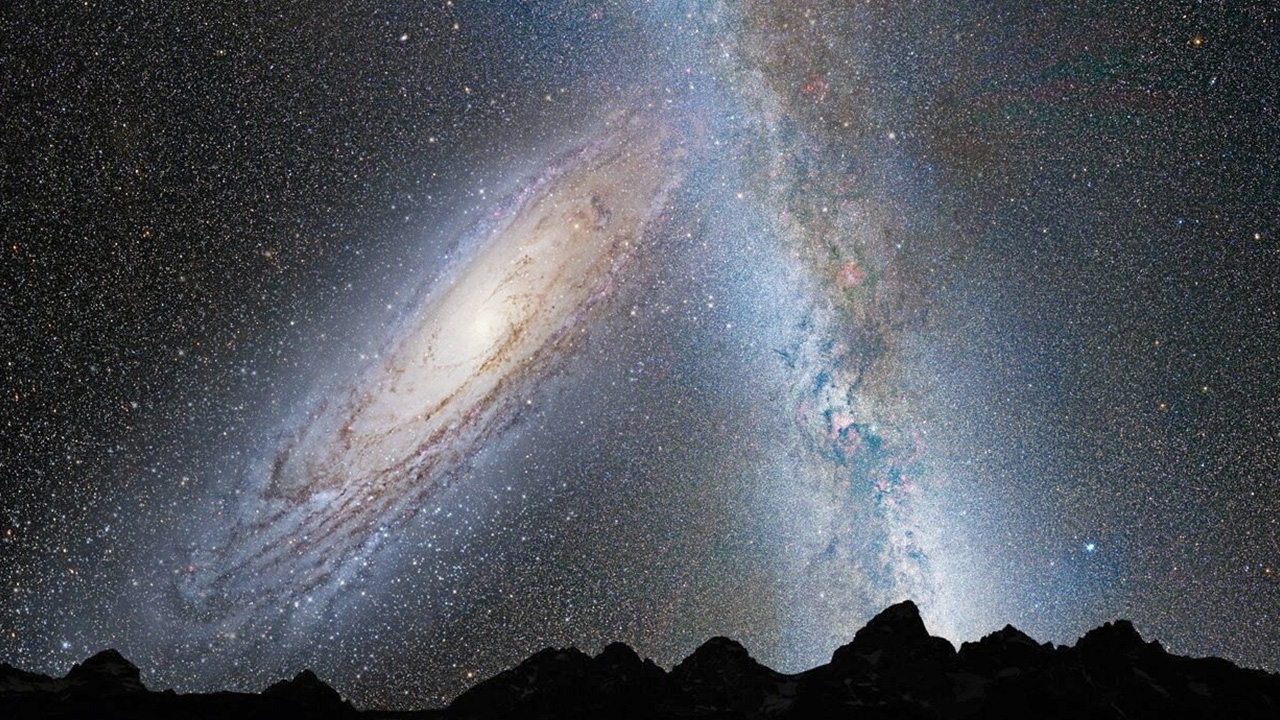
Astronomers discovered the Andromeda Galaxy (M31) hundreds of years ago. It wasn’t until about 100 years ago that astronomers discovered that the galaxy has a negative radial velocity as it approaches the Milky Way. This means that the two galaxies will collide and merge in the future. But many people wonder if the two galaxies will actually collide?
Recently, researchers from the University of Helsinki in Finland have revealed a multi-factor analysis, including the gravitational influence of other galaxies. Our Local Group of Galaxies consists of about 100 smaller galaxies with different orientations, distances and speeds. In particular, the galaxy M33, located 2.7 million light-years away, is home to more than 40 billion stars and has its own gravitational pull. This distorts the simple dynamics between Andromeda and the Milky Way. There is also the Large Magellanic Cloud. The Milky Way’s satellites are only 163,000 light-years away and contain about 20 billion stars. Although less massive than M33, the Large Magellanic Cloud still exerts a strong gravitational pull on the path between the galaxies, Andromeda and the Milky Way.
Calculations have found that there is only a 50 percent chance that the Milky Way will merge with the Andromeda Galaxy in the next 10 billion years.
Credit: NASA; ESA; Z. Levay and R. van der Marel, STScI; T. Halasz; and A. Mellinger

“Reader. Infuriatingly humble coffee enthusiast. Future teen idol. Tv nerd. Explorer. Organizer. Twitter aficionado. Evil music fanatic.”

